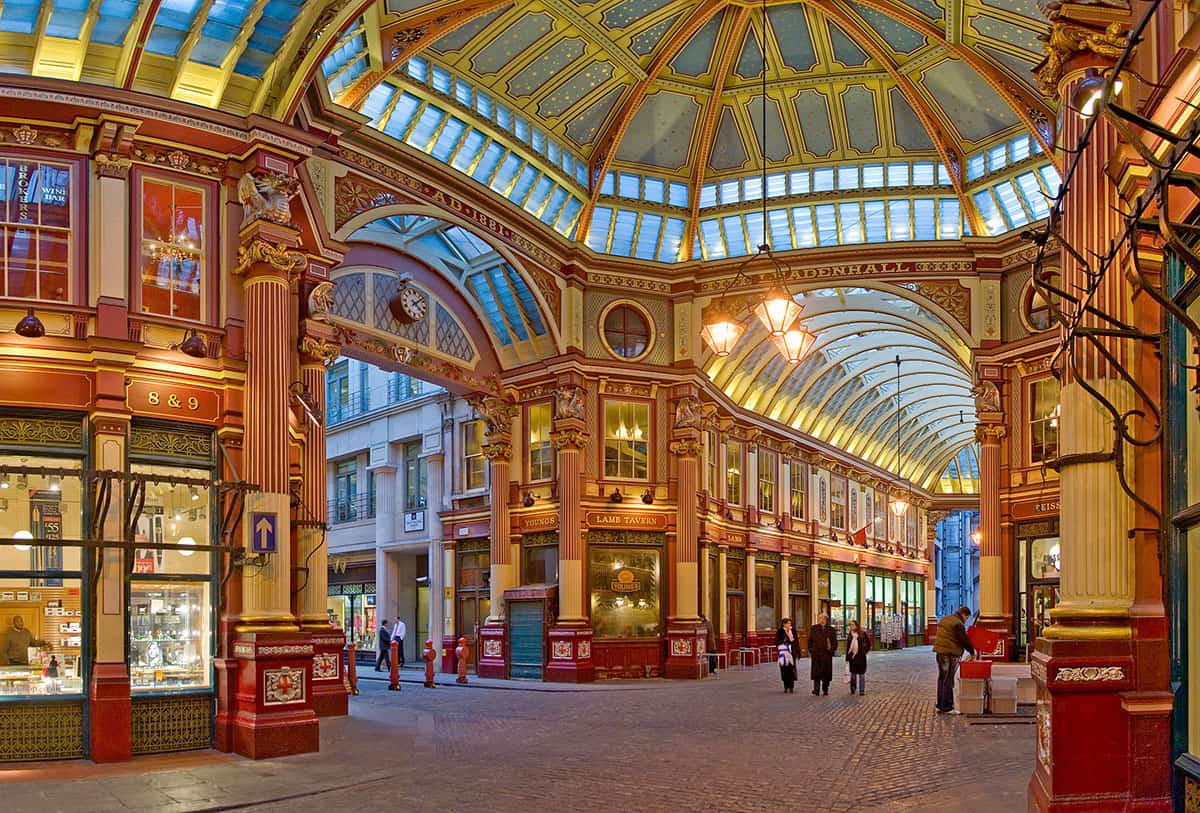If the changes to London’s skyline in the last decade have taught us anything, it’s that when it comes to development in the City’s Eastern Cluster, the sky is very much the limit.
Which is why a new strategy for enhancing the public realm on Square Mile’s eastern edge carries suggestions ranging from park benches with mobile charging facilities right through to road closures and an area name change.
The City Corporation’s planning and transport committee is working on plans to breath new life into one of the most populated parts of the City and make it a more appealing place to work and visit, with a new public consultation to get underway this month.
Planners are hoping a reimagining of the Eastern Cluster, which includes Bishopsgate, Fenchurch Street, Leadenhall Street, St Mary Axe and Bevis Marks, will help accommodate the additional 70,000 workers expected to flood into the area over the next decade, triggered by large scale developments and Crossrail.

Local stakeholders, which include representatives from Transport for London, City Property Association, insurance giant Generali, as well as developers Brookfield and Lipton Rogers have already workshopped a number of suggestions for the area, with feedback outlined in a report presented at the committee meeting on 29 May.
These included total pedestrianisation of some streets, partial or timed closure of others to give pedestrians priority access, as well as public greening and a cultural programme of street entertainment and food markets.
The group showed a particular appetite for the complete pedestrianisation of St Mary Axe and Lime Street North, with 52% of respondents saying it should be closed to vehicles 24/7.
The Creechurch Lane area was also popular for full pedestrianisation, according to the report, with 50% of stakeholders nominating it for 24-hour closure. Others, like Bishopsgate, Houndsditch and Leadenhall Street were thought to be more suited to widened footpaths to cope with the extra foot traffic.
As for renaming the cluster, the general consensus from the group was that a new name would be “desirable” so that people outside London and the UK would recognise it as a destination in its own right.
The report suggests the new name should “draw upon the history of the area and also highlight its unique quality” with examples floated including The Leadenhall District, Leadenhall Quarter, Leadenhall Central Business District or the City Cluster.

Speaking at the meeting last week planning chairman Chris Hayward described the project as “mission critical”.
“This consultation will feature many exciting proposals to make the eastern part of the Square Mile a better place to work, live and visit,” he said.
“The measures we are proposing will cement London’s reputation as a fantastic place to come and set up a business, bringing substantial economic benefits to the area.”
Dan Scanlon, vice president of the City Property Association, who worked closely with officers on the draft proposals, said the project would be “vital” in future-proofing the Square Mile.
“We believe they represent a once in a lifetime opportunity to deliver transformative improvements to accommodate increasing numbers of pedestrians and cyclists, and improve air quality.
“Achieving these objectives will be vital in ensuring the Square Mile is an attractive and healthy place for workers, visitors and residents alike, and that it remains the pre-eminent global destination for business.”
The planning committee was unanimous in its support of the consultation, with Graham Packham encouraging the Corporation to “be brave” in expanding pedestrianisation to deal with overcrowded pavements.
The Corporation is currently deciding whether to make its trial traffic ban at Bank Junction during weekdays permanent, after pedestrians and cyclists praised the changes and collisions in the notorious six-armed intersection were significantly reduced.
But councillor Oliver Lodge pointed out that while the suggestions outlined for the Eastern Cluster would help tackle the symptoms, they could not ignore that the committee’s own planning approvals have been a root cause of the problem.
“If we continue with this approach of approving large buildings, then the inevitable outcome will be pedestrianising the whole City,” he said.
Barbara Newman, who has served on the Common Council for almost 30 years, was also cautious in her assessment of the strategy.
“[Overcrowding] has been a problem since the Gherkin was being built,” she warned. “We have a very big problem coming towards us,” she warned.
Photo by Daniel Chapman (Creative Commons).







